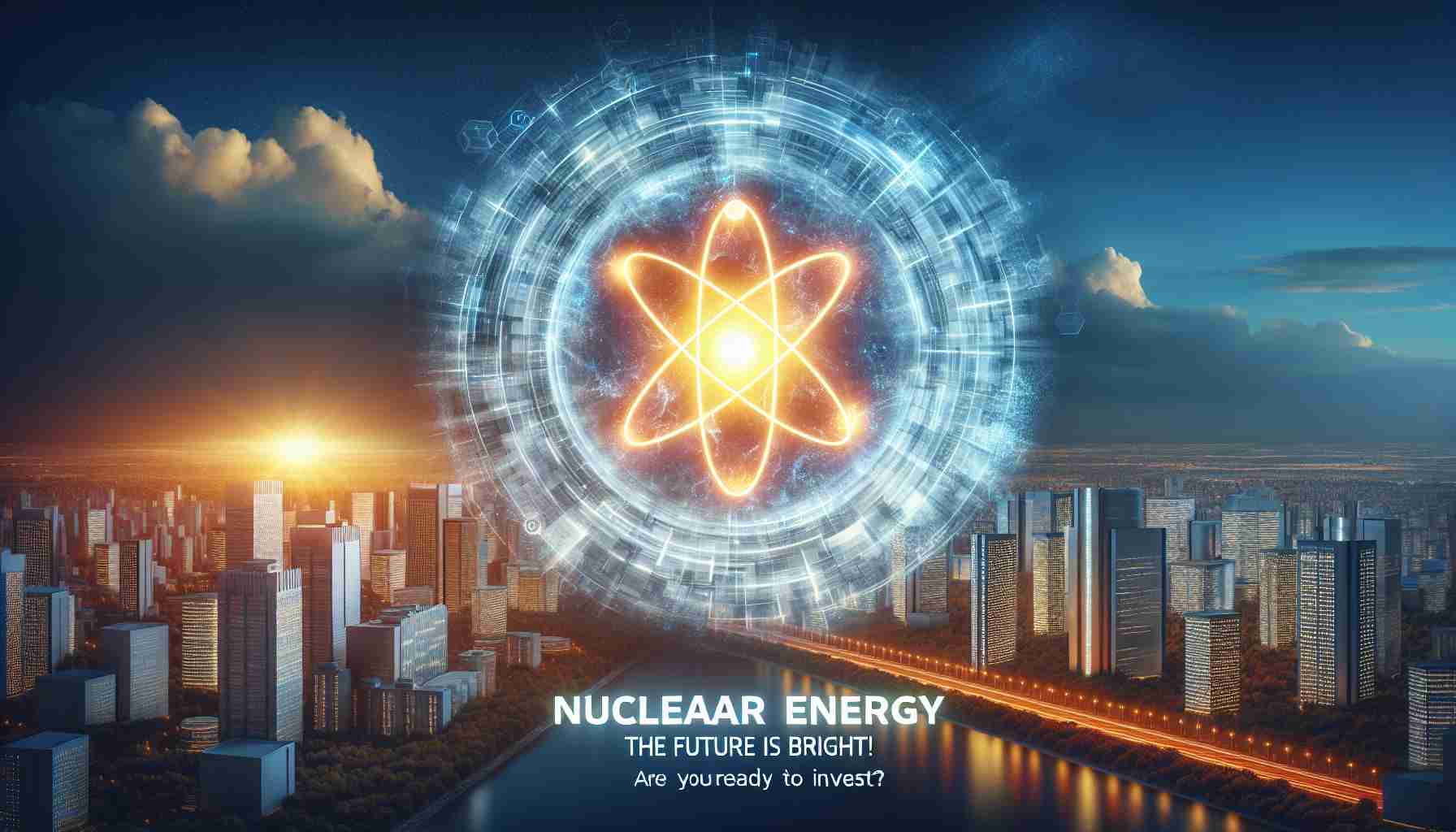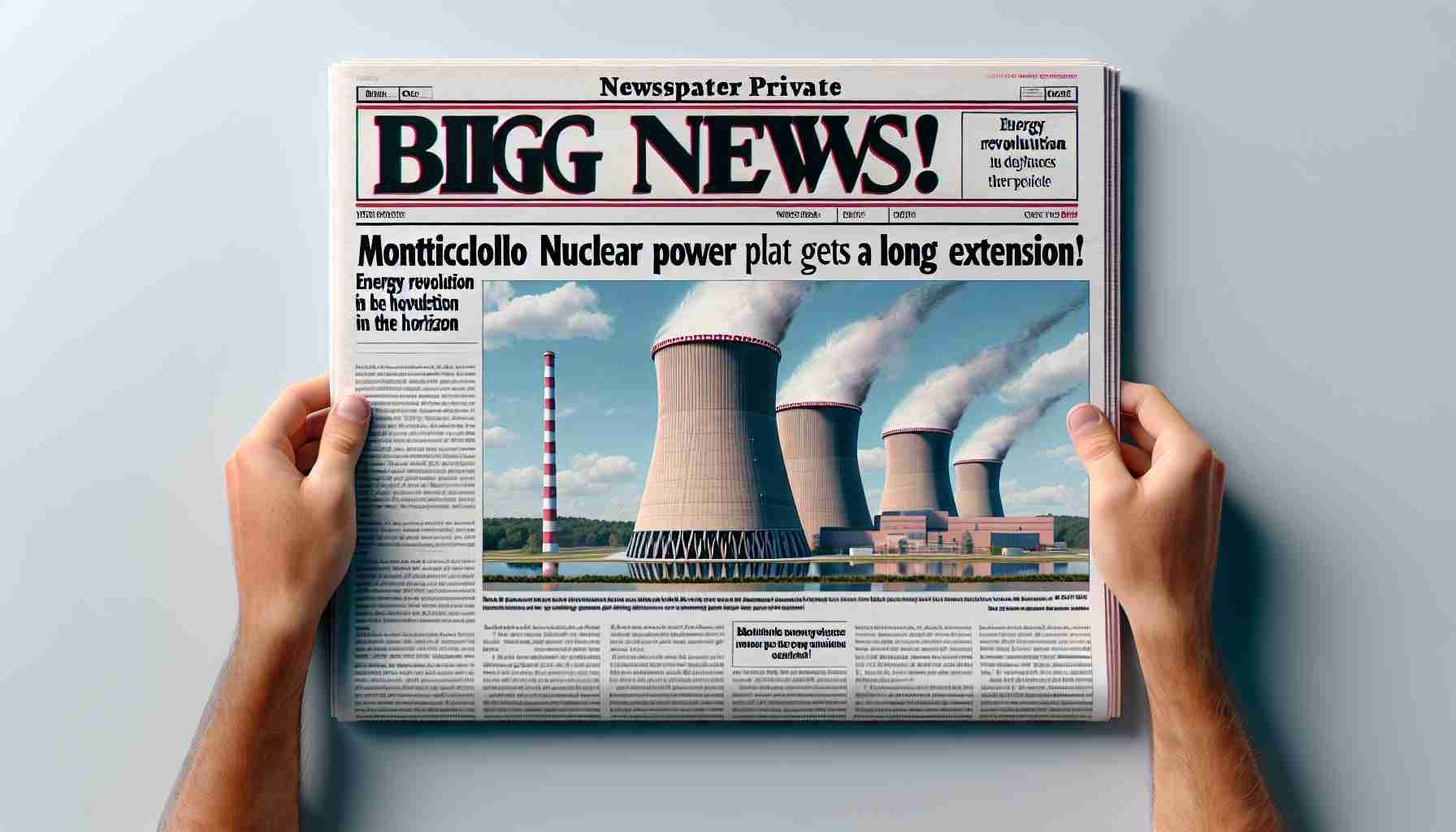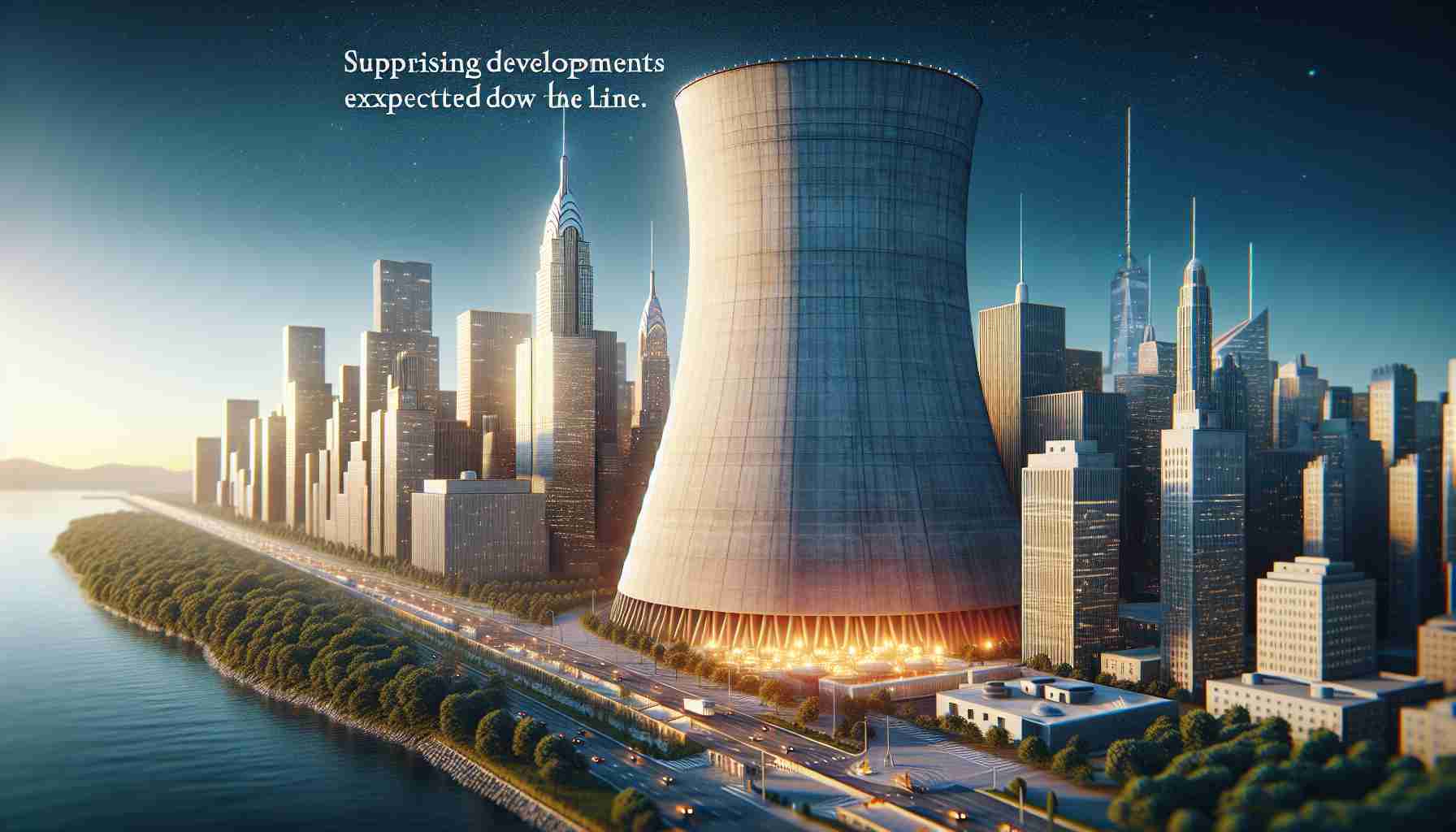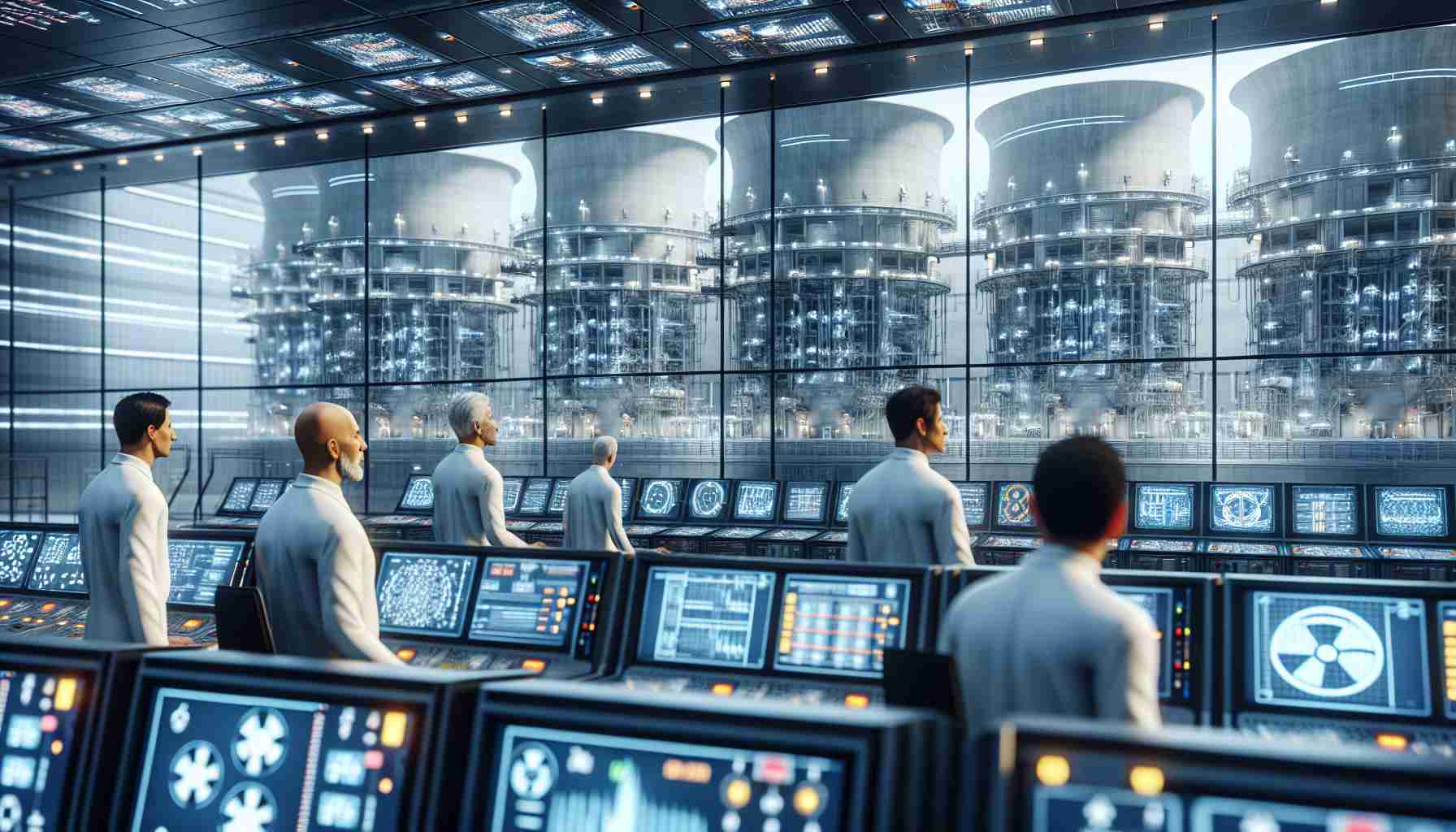The Rise of Nuclear Energy in 2025
The nuclear energy sector stands on the brink of a significant breakthrough in 2025, driven by unprecedented energy demands. The U.S. Energy Information Administration reported an all-time high forecast of 4.1 trillion kilowatt-hours (kWh) for 2024, with projections for 2025 looking even more promising. This surge has ignited interest in clean energy sources, and nuclear power emerges as a prime contender due to its low environmental footprint.
Current developments bolster optimism in nuclear stocks. The Inflation Reduction Act of 2022 clarified tax incentives for clean hydrogen production, creating opportunities for nuclear firms. Additionally, a recent congressional ban on enriched uranium imports from Russia adds a layer of security for domestic supply. Companies focusing on innovative microreactor technologies are also predicted to lead the charge in addressing energy needs for remote communities.
The demand spike from the AI industry further elevates nuclear energy’s profile, with projections indicating that AI technologies could require up to 14 gigawatts of new energy by 2030. Among the companies making waves are Oklo, Cameco, and NANO Nuclear Energy, each with unique strategies to capitalize on the growing market.
Oklo aims to cater to data centers with its modular reactors. Cameco, the leading uranium firm, is positioned favorably with strategic investments. Meanwhile, NANO Nuclear is emerging rapidly with its microreactor innovations, presenting intriguing opportunities for adventurous investors. The landscape looks promising as these companies innovate to meet the charge for cleaner energy solutions.
Broader Implications of Nuclear Energy’s Resurgence
The resurgence of nuclear energy in 2025 holds profound implications for society, culture, and the global economy. As nations face escalating energy demands, the pivot toward nuclear power could redefine energy independence. With the urgency of climate change pressing on political agendas, nuclear energy stands at the forefront of clean and efficient solutions, potentially reducing carbon emissions and slashing reliance on fossil fuels.
Furthermore, the nuclear sector’s growth intersects with the burgeoning digital economy. As industries increasingly depend on energy-intensive infrastructure—especially driven by AI advancements—the need for stable and significant energy sources becomes critical. This could lead to significant investments in nuclear and related technologies, fueling job creation and innovation in engineering, safety protocols, and waste management.
From an environmental perspective, the rise of nuclear energy could mitigate some ecological risks associated with conventional energy sources. However, it raises critical questions about waste disposal and the long-term management of nuclear materials. Society must prioritize sustainable practices and transparent communication about safety protocols to foster public trust.
Lastly, if trends in nuclear technology continue, we might witness a shift in global energy dynamics. As countries innovate in nuclear capabilities, traditional energy powers could be challenged, altering geopolitical relationships and trade dynamics centered on energy resources. This evolution could lead to a more diversified energy portfolio, enhancing resilience against energy crises and fostering a competitive global market for clean energy technologies.
Nuclear Energy: The Unstoppable Surge in 2025 and Beyond
The Rise of Nuclear Energy in 2025
Nuclear energy is poised for a transformative phase as we approach 2025, driven by escalating energy demands and a growing emphasis on sustainable energy solutions. With an unprecedented forecast of 4.1 trillion kilowatt-hours (kWh) from the U.S. Energy Information Administration for 2024 and an even more ambitious projection for 2025, nuclear power is stepping into the spotlight as a viable clean energy alternative.
Features of the New Era in Nuclear Energy
1. Increased Energy Needs: The energy requirements are reaching new heights, partly fueled by the expansion of AI technologies, which could demand an astounding 14 gigawatts of new energy by 2030. This surge underscores the essential role nuclear energy could play in the mix of future energy sources.
2. Innovative Technological Developments: The rise of microreactor technology is a game-changer. Companies like Oklo are developing modular reactors tailored for data centers, allowing for localized energy production that meets the needs of tech-centric industries.
3. Strategic Market Positioning: Leading firms such as Cameco benefit from strategic investments and a unique market position, while NANO Nuclear is gaining traction with its microreactor innovations, potentially unlocking new opportunities for energy supply in remote locations.
Pros and Cons of Nuclear Energy Adoption
Pros:
– Low Environmental Impact: Nuclear energy produces minimal greenhouse gas emissions compared to fossil fuels, making it a cleaner alternative.
– Reliability: With the ability to produce large amounts of energy consistently, nuclear power plants can provide baseload energy supply.
– Technological Advancements: Ongoing innovations in reactor designs and safety measures enhance the appeal of nuclear energy.
Cons:
– Nuclear Waste Management: Long-term waste disposal remains a contentious issue, necessitating robust solutions.
– Public Perception and Safety Concerns: Safety incidents, though rare, have historically affected public perception of nuclear energy.
– High Initial Costs: The construction of nuclear facilities is capital-intensive, posing financial risks for investors.
Limitations and Challenges Ahead
Despite its potential, nuclear energy faces several challenges. The infrastructure for nuclear power generation requires significant investment and regulatory approval, which can be lengthy processes. Additionally, there is a pressing need for advancements in waste management solutions to mitigate community concerns.
Pricing and Market Insights
As interest in nuclear energy grows, companies are increasingly exploring funding and tax incentives to support their projects. The Inflation Reduction Act of 2022 has provided clarity on clean hydrogen production tax incentives, which benefits nuclear energy initiatives. This regulatory support is paving the way for a stronger market positioning of nuclear stocks.
Future Trends and Predictions
The nuclear energy market is expected to expand significantly over the next decade. With emerging technologies like advanced reactors and SMRs (Small Modular Reactors), the sector could see increased adoption across various industries. As energy demands grow, especially from AI-driven sectors, nuclear energy is positioned to be a key player in meeting global energy needs.
In conclusion, the landscape of nuclear energy in 2025 is marked by optimism and innovation. Companies like Oklo, Cameco, and NANO Nuclear are at the forefront of this change, illustrating the sector’s potential to provide sustainable and reliable energy solutions to meet the demands of an increasingly electrified world.
For more insights into energy innovations, visit energy.gov.
The source of the article is from the blog tvbzorg.com



